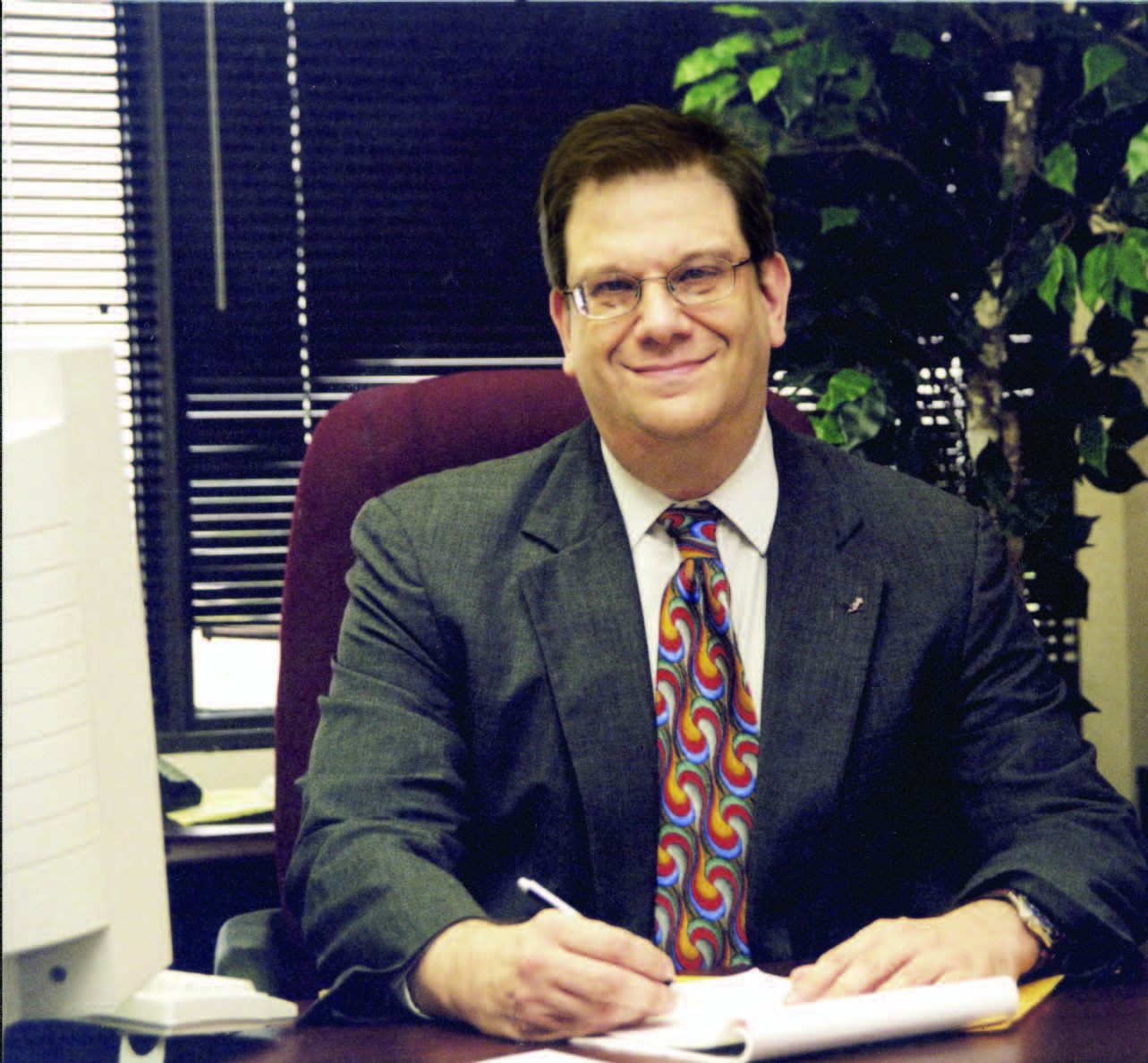August 2013, Vol. 240 No. 8
Editor's Notebook
Editor's Notebook: Eighth Wonder

This month I return to that driving passion in my life: baseball. Before I made the fateful decision to move to Houston in 1984, one factor had to be satisfied. That city not only had to have a major metropolitan newspaper, but it also had to have a Major League baseball team.
The Northeast was in a recession and newspapers were failing. Needing a change of scenery, I accepted an offer from The Houston Post. I didn’t know Houston was in the midst of its own downturn and that the Post was doomed to fail (in 1995). I knew the Astros and the Eighth Wonder of the World, the Astrodome, were there. After I showed up, my first question was, “Well, where is it? Where is the Astrodome?” Someone pointed southeasterly and said “right over there,” some 6 miles away.
The Dome became a second home. Tickets were cheap and available. They even hired a couple of food managers from Philadelphia who decided to raise Texas culture by introducing the Philly cheesesteak. The Dome was also the home of the NFL Oilers, University of Houston Cougars, the Houston Livestock Show and Rodeo, a multitude of concerts and other events. Though it was relatively young, opening in 1965, newer domed stadiums were larger with nicer amenities. The truth was that the Dome was never a great baseball venue because the seats were too far from the field, home runs were scarce, and a carpet served as the playing field. It never drew many large crowds except for the first years when it was still a novelty. But once that novelty wore off, there was still the thrill of sharing a game in what was still the world’s most famous stadium.
By the mid ’90s, new ball parks were cropping up and soon the Astros’ owner demanded a new park or the team would move. The Oilers had gone to Nashville so losing its baseball team would have been a devastating blow to the city’s image. The community needed a go-to guy who could get things done one way or the other. That’s when Ken Lay became involved. As he told me, he had sons who loved the game, so he was doing it as much for them. Among his many efforts, Lay spearheaded the drive that put the stadium issue to a non-binding vote; it won by a small margin, probably because everyone who worked at Enron was expected to vote.
At the last game in the Dome in 1999, Lay had the honor of throwing the last pitch. When Enron Field opened in 2000, he threw out the first pitch. The last time they used the Dome was in 2005 to house refugees fleeing Hurricane Katrina. It sits empty today, tainted with mold and a musty odor, deteriorating as county officials decide on its future. Yes, it looks shabby next to Reliant Stadium, but when Hurricane Ike rolled through in 2009 it was Reliant that was damaged while the Dome was unscathed. Since then the Dome has been declared unfit for occupancy, nothing a top-to-bottom cleaning wouldn’t take care of. They’ve heard plenty of proposals but none come cheaply. Some even want to tear it down to improve parking for the livestock show and rodeo, and eventually for the 2017 Super Bowl. The National Trust for Historic Preservation lists the Dome as among America’s 11 Most Endangered Historic Places.
The latest plan that seems most logical would turn it into a state-of-the-art convention and exhibit center. It would cost about $194 million (probably conservative) and take 30 months to complete. It’s routine here to tear down something old (by Houston standards) in favor of something newer. How people feel about the Dome will probably be decided if and when county commissioners hold a bond election to fund the project. That’s after they complete yet another study. I know it was wishful thinking on my part, but I had this dream that a consortium of rich oilmen would join together and decide the Dome would make a wonderful energy museum in the energy capital of the world. The industry really doesn’t work that way. Some executives have pet causes like the opera or ballet, but for most, the extent of community involvement begins and ends with the United Way. Ken Lay saw things a little differently. I truly regret that his life and career ended as they did. Leadership is a quality that not many possess. Not to make excuses for his shortcomings. I just wish some of our executives had his vision.
And whatever the outcome, I want one of those seats.





Comments